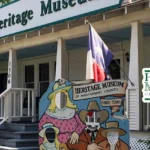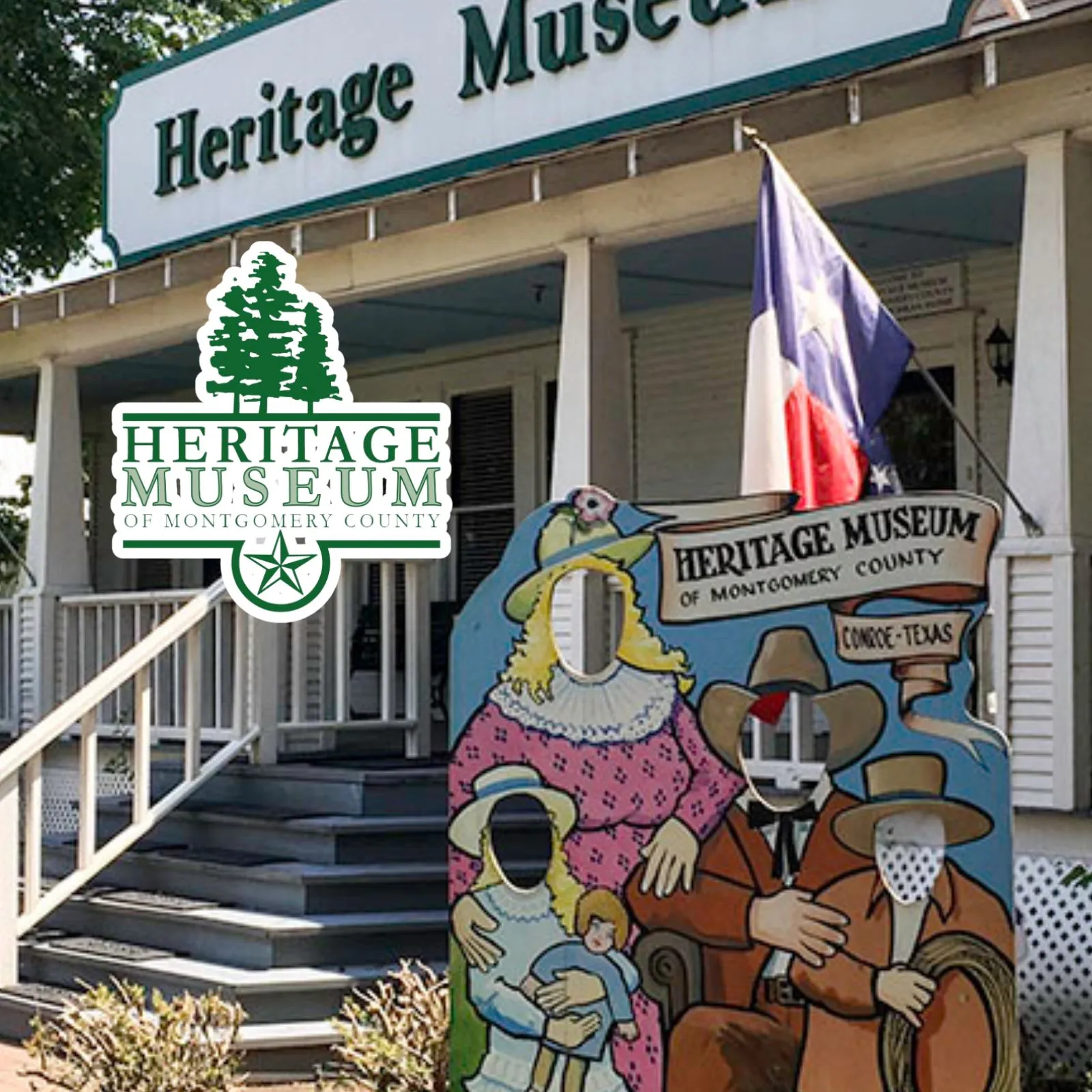The Woodlands, Texas: A Journey Through Time
The Woodlands, Texas, a community nestled amidst luscious green forests and waterways, stands as a testament to careful urban planning and a commitment to preserving the environment. But how did this modern marvel come to be? Let’s embark on a journey through time to trace the history of The Woodlands, Texas.
1. The Early Days
Before it became a bustling township, the land where The Woodlands now stands was inhabited by Native American tribes. The Karankawa, Atakapa, and Akokisa were some of the earliest known inhabitants, leaving behind artifacts that speak of their legacy.
2. 20th Century: The Vision
The idea of The Woodlands began to take shape in the 20th century. George P. Mitchell, an oil industry magnate, acquired the land in 1964 with a vision to create a master-planned community that balanced nature with urban development.
3. Birth of a Master Plan
In 1974, with the assistance of urban planners and environmental experts, The Woodlands was officially launched. From the beginning, the idea was clear: to develop a self-sufficient community where residents could live, work, and play without compromising the natural beauty of the area.
4. Preserving the Green
Central to its design, The Woodlands ensured the preservation of trees. Over the years, thousands of trees have been transplanted, ensuring the community remains true to its name. W. L. Gore and Associates, for instance, transplanted more than 66,000 trees during their construction phase.
5. Expansion and Growth
The 1980s and 90s saw The Woodlands expanding, with more villages, amenities, and commercial spaces popping up. The Woodlands Mall, opened in 1994, became a significant attraction, further cementing the community’s reputation as a hub for both business and leisure.
6. The 21st Century: Modern Development
Entering the 21st century, The Woodlands saw an influx of businesses, notably with the construction of the Anadarko Tower and The Woodlands Waterway. The township was steadily becoming not just a residential community, but a magnet for businesses as well.
7. Cultural Evolution
The Cynthia Woods Mitchell Pavilion, named in honor of George Mitchell’s late wife, has become a cultural cornerstone, hosting concerts, symphonies, and ballets. It stands as a testament to the township’s commitment to arts and culture.
8. Recent Times
Today, with a population of over 100,000, The Woodlands stands as a beacon of sustainable urban development. The community’s dedication to environmental stewardship and its embrace of the arts and culture has set it apart.
9. Challenges and Controversies
Like any growing community, The Woodlands has faced its share of challenges, from debates over incorporation to concerns over infrastructure and transportation. However, the community’s forward-thinking approach often leads to innovative solutions.
10. Looking Forward
With ongoing projects and developments, The Woodlands is continuously evolving. However, its core philosophy remains unshaken – to build a cohesive community that lives in harmony with nature.
Conclusion
The Woodlands, Texas, is more than just a township; it’s a manifestation of a dream. George P. Mitchell’s vision of a harmonious blend of urbanity and nature has not only come to life but has also become a blueprint for sustainable development worldwide. As we stand at the crossroads of history, it’s essential to look back, appreciate, and learn from the journey of The Woodlands – a community that teaches us that with vision, dedication, and respect for the environment, we can create spaces that generations can cherish. We hope you’ve enjoyed reading this short guide on the history of The Woodlands, Texas.











